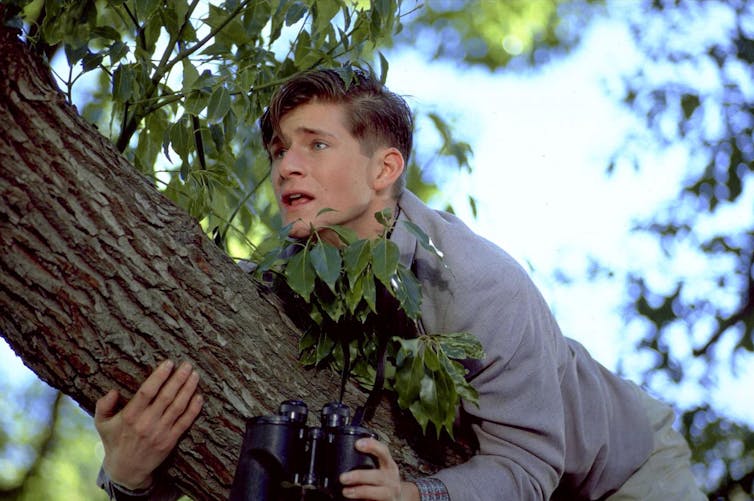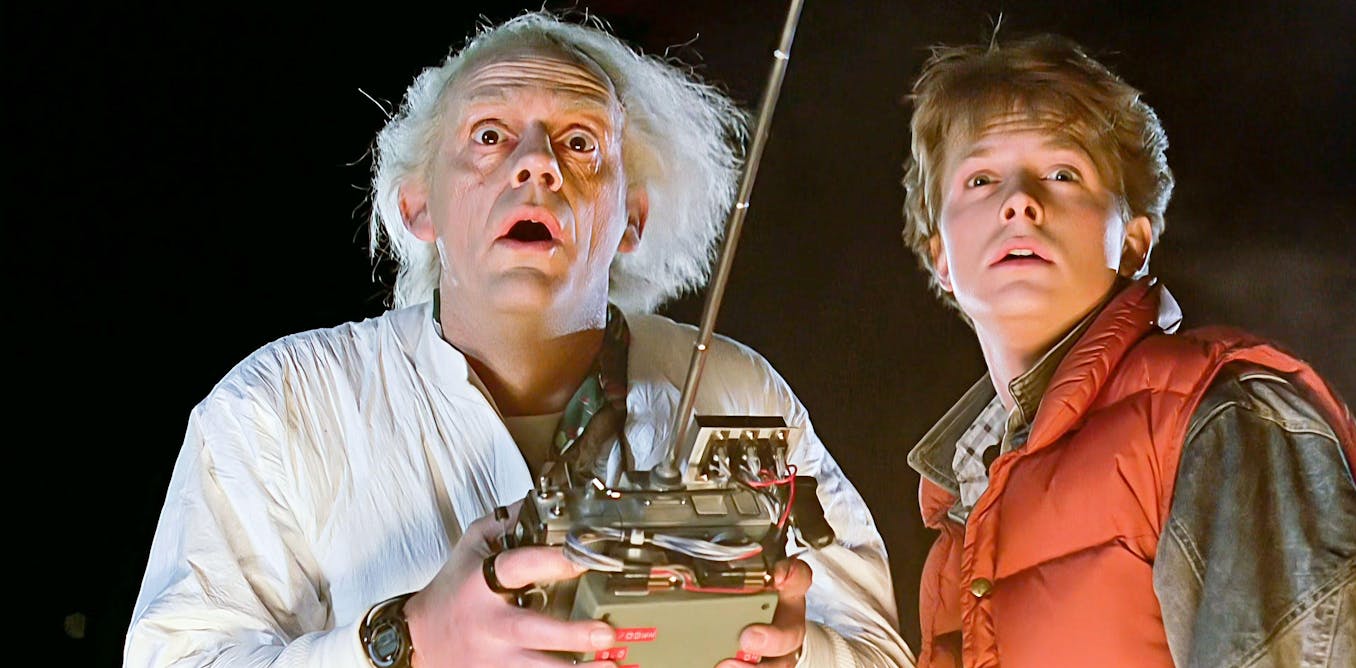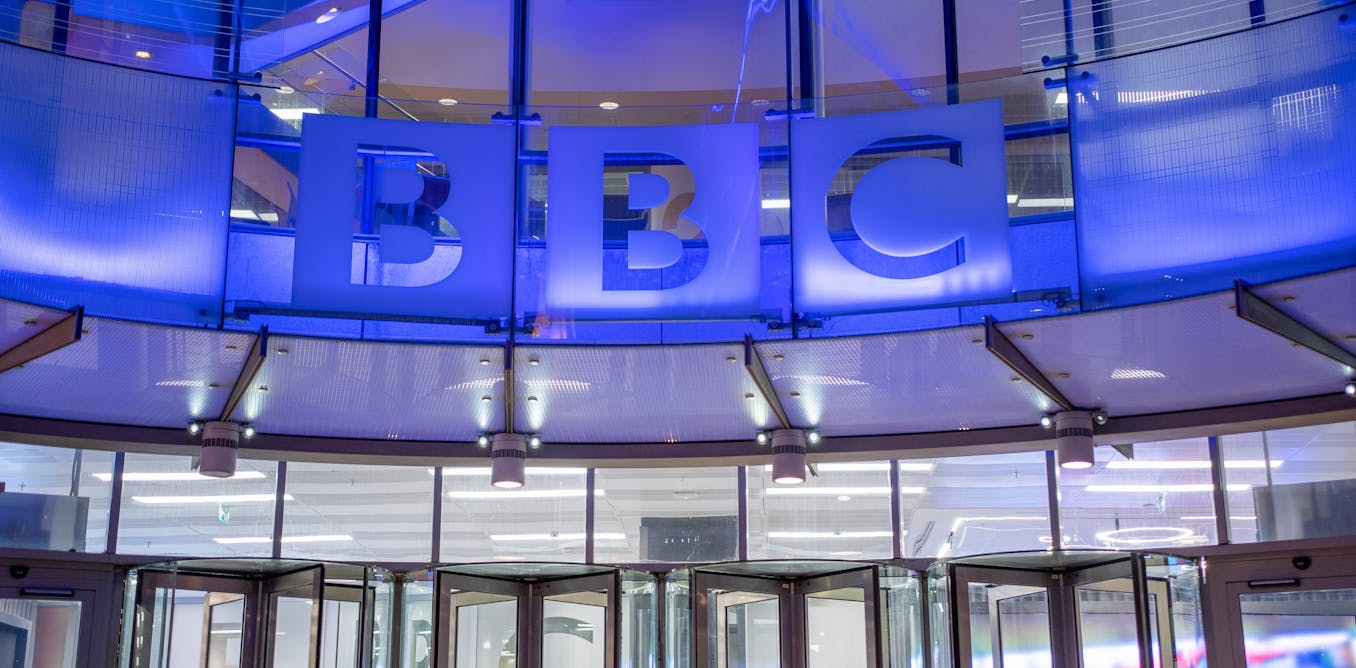It has now been four decades since Marty McFly first hit 88 miles per hour in a time-travelling DeLorean. Robert Zemeckis’s sci-fi adventure blockbuster didn’t just navigate the space-time continuum onscreen (thanks to the flux capacitor). It also found a lasting place in the hearts of its audience.
Personally, I don’t think I’ve ever heard anyone speak badly about the Back to the Future trilogy (aside from certain cast members, which I’ll touch on later). It has thankfully avoided the common traps of remakes and the sprawling expanded universe trend, which has diluted so many other beloved franchises (yes, Star Wars, Indiana Jones and The Lord of the Rings, I’m talking to you).
Naturally, the success of Back to the Future has inspired a range of adaptations, including a computer game, an immersive Secret Cinema event, as well as a more recent West End stage musical. But each version stays true to the spirit of the original, reinforcing what feels like an unspoken rule in Hollywood: Back to the Future is off-limits to a cinematic or televised remake.
Looking for something good? Cut through the noise with a carefully curated selection of the latest releases, live events and exhibitions, straight to your inbox every fortnight, on Fridays. Sign up here.
Zemeckis and Bob Gale, who co-wrote the screenplay for all three films, have repeatedly shut down the idea of a fourth instalment, declaring that the trilogy is complete. In fact, aside from a few delightful Back to the Future references in other shows made by the original stars themselves, the only remake you’re likely to come across is BBTF Project 85. It’s a multi-fan-made, shot-for-shot collaboration and true labour of love, created not for profit but out of pure admiration for the original.
The success of the Back to the Future trilogy can be attributed to several factors, not least the undeniable charisma and chemistry between Michael J. Fox and Christopher Lloyd. The wholesome, inter-generational friendship of their characters is never explicitly explained, but also doesn’t need to be. It simply works. The dynamic between Doc and Marty captures a timeless, heartfelt bond between two generations who respect and learn from each other, much like the relationship between Daniel LaRusso and Mr. Miyagi in The Karate Kid (another trilogy that has since found itself in the rebooted camp).
Michael J. Fox was the original choice for Marty McFly but due to scheduling conflicts with his role on sitcom Family Ties, production began with Eric Stoltz in the role. Over half the film was shot before Zemeckis made the difficult decision to recast.
As Stoltz later said in an interview, the change came because he “wasn’t giving the performance [Zemeckis] wanted for his film”. Stoltz, a talented performer, brought a darker, moodier and more intense interpretation to Marty, a version that was replaced by Fox’s lighter, more comedic approach, channelled through his effortless charm.
Stoltz wasn’t the only cast member to leave Back to the Future with a sense of disappointment. Crispin Glover, who played George McFly, also famously fell out with Zemeckis and Gale over creative differences. One of which was Glover’s objection to the film’s ending that presented Marty’s family being financially wealthier in comparison to the start. Glover felt this idea sent a negative message of money equating to happiness. This artistic clash (and ironically, dispute over salary) ultimately led to him being recast in Back to the Future Parts II and III, with actor Jeffrey Weissman stepping in.

Allstar Picture Library Ltd/Alamy Stock Photo
In the sequels, Weissman wears a facial prosthetic designed from Glover’s likeness from the first film (where George is made to look older). This enraged Glover further, who responded by filing a lawsuit, arguing that the use of his image without consent was illegal.
He has since been openly critical of Weissman’s “bad performance” and has expressed ongoing frustration that many viewers still mistakenly assume the “bad acting” to be his own. As he notes, this explicitly contrasts with the more obvious recasting of Jennifer Parker (Marty’s girlfriend) performed by Claudia Wells in the first film and later replaced by Elisabeth Shue in the sequels.
The recasting reflects the first film’s unexpected success. Back to the Future was never intended to have a sequel, but the overwhelming popularity of the original prompted the rapid development of two back-to-back follow-ups released in 1989 and 1990.
Once again, the film’s success can be credited to the electric chemistry between its leads and the unforgettable music, from Huey Lewis’s Power of Love to Chuck Berry’s “new sound” in Johnny B. Goode, and Alan Silvestri’s hauntingly triumphant score. Silvestri’s music seems to capture the spirit of wide-eyed adventure, nostalgia and wisdom all at once, like a journey through time, composed entirely for the ears, affording the trilogy a sense of timelessness.
Back to printed media
Another charm of the Back to the Future trilogy (which stood out to me in a more recent viewing) lies in its use of printed media, which inspired me to create my video essay, Back to Printed Media.
As indicated in the video, Back to the Future begins with the sound and image of clocks before panning to a framed newspaper article, a fitting introduction to how all three instalments use print to convey plot, emotion and shifts across timelines.
Beyond newspapers, the trilogy gives prominence to photographs, handwritten letters, phone books, a sports almanac, transparent receipts of the future, and even printed faxes (in the future of 2015). This tactile world of ink and paper evokes a deep nostalgia, underscoring the emotional weight of physical communication, something that has steadily faded with the rise of digital screens and indeed the loss of physical touch.
Doc even comments in the third instalment (when reading a letter from his future self) that he never knew he could write anything so touching.
In an era where glowing rectangles dominate both our lives and our storytelling, Back to the Future offers a refreshing contrast. It reminds us of the human connection and the need to be with others, packaged in a blockbuster narrative about one of the most universal cinematic themes: finding your way back home.
As a trilogy, Back to the Future has stood the test of time for four decades, and I’m confident it will continue to resonate with both new and nostalgic audiences well into the future.

The post “the trilogy has never been remade – let’s hope that doesn’t change” by Daniel O’Brien, Lecturer, Department of Literature Film and Theatre Studies, University of Essex was published on 06/27/2025 by theconversation.com





































Leave a Reply